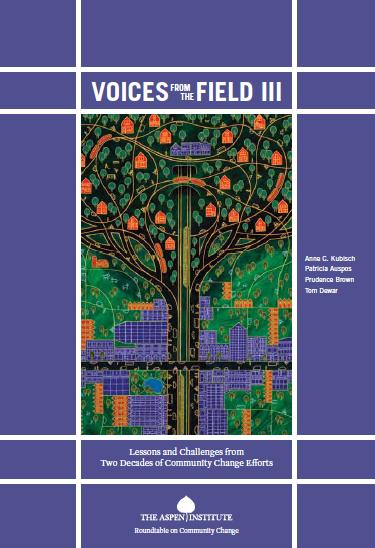When the first CCIs were created more than two decades ago, their designers understood that alignment of their many parts would be key to generating meaningful change in poor communities. The assumption was that a “comprehensive” approach to neighborhood change would generate the necessary alignment in programs and strategies, and that “community building” would generate the necessary alignment among stakeholders. As it has turned out, alignment has been harder to achieve than was anticipated. It does not automatically result from a one-time community planning process or a foundation-sponsored initiative. The alignment that is needed is about fundamental ways of working, and it addresses goals, activities, capacities, relationships, and learning priorities. It also needs regular recalibration as the work proceeds. As with most ambitious change endeavors, we start with a hope for an efficient and direct route to our goals, only to find that there is no easy path or shortcut.
The challenge, then, is to apply what we have learned about the importance of a clear mission, good management, effective partnerships, and results accountability within the more fluid ecology of a distressed neighborhood located in a porous region. We need new ways of being strategic when we are working in a complex adaptive system. We need new ways of managing the work when we have to interact with so many actors. We need new forms of accountability when we are innovating and trying unproven strategies. We need new ways of defining success when we control so little. We need new ways of learning when causal connections are diffuse and difficult to establish. This is the charge to the next generation of community change work.





